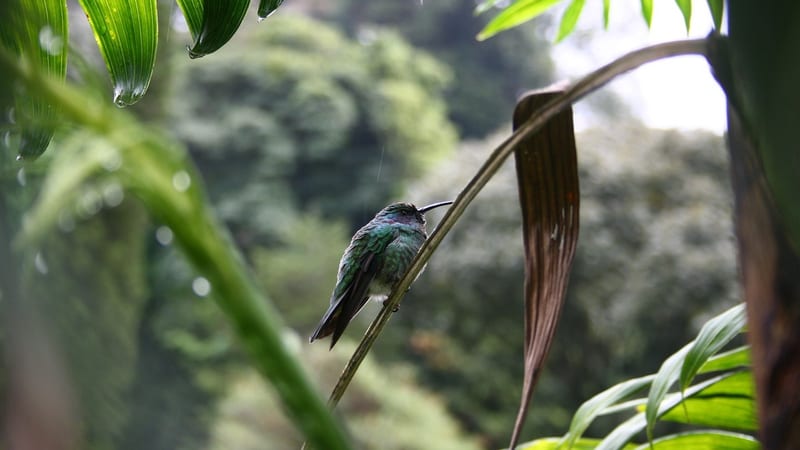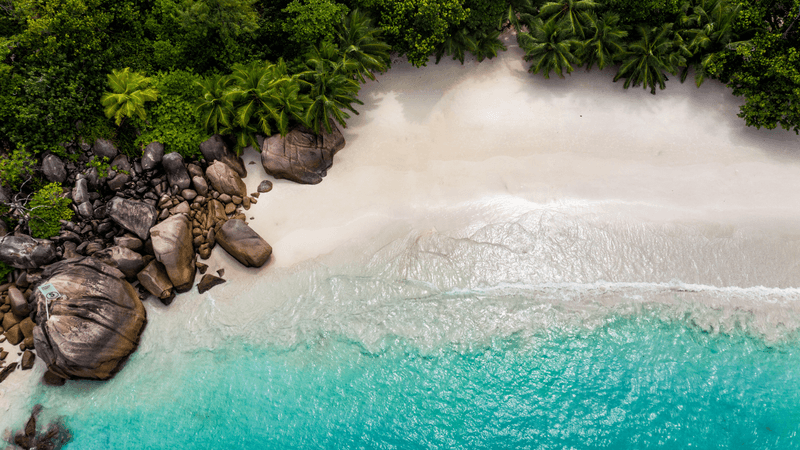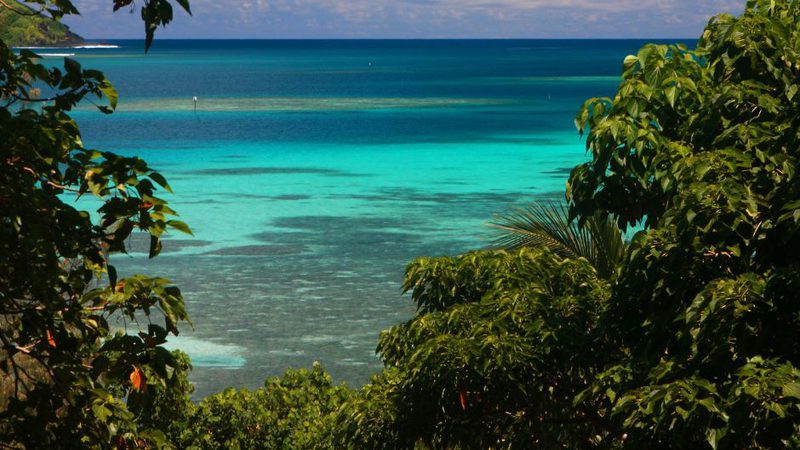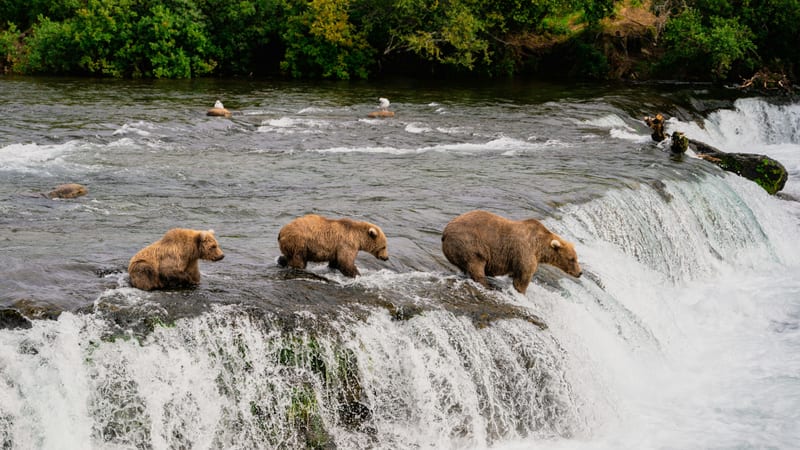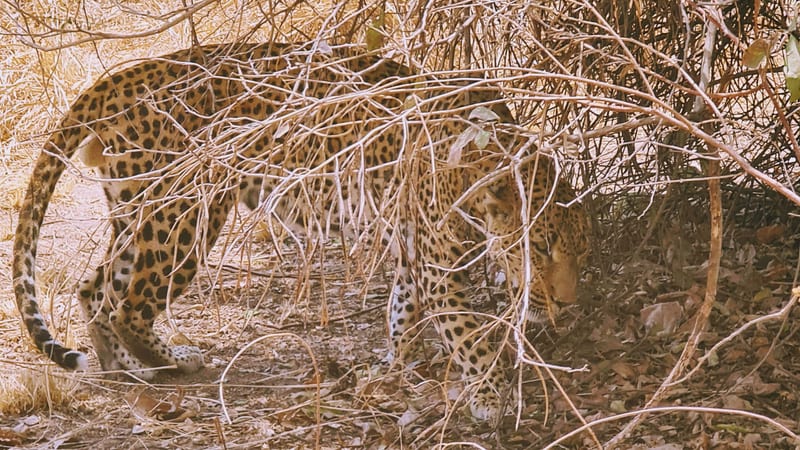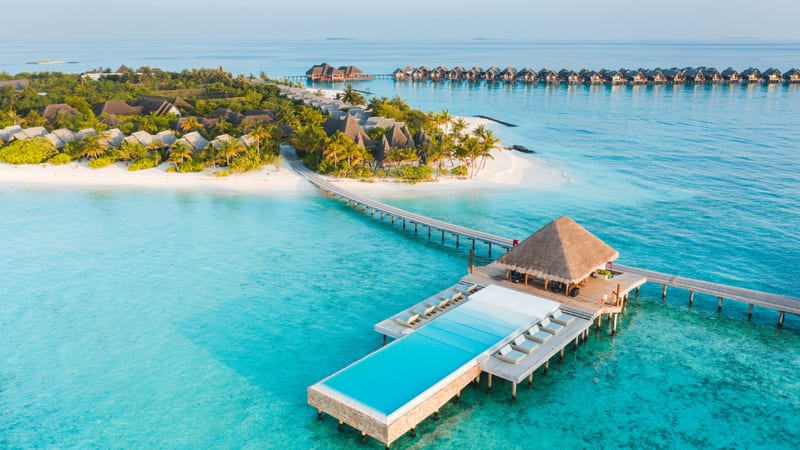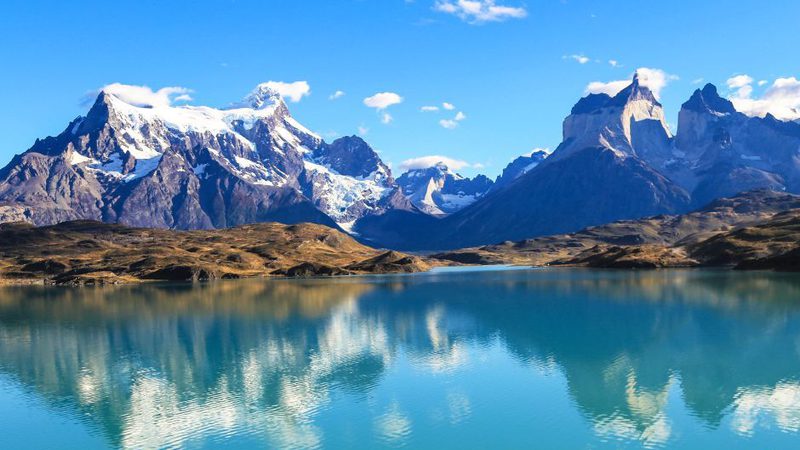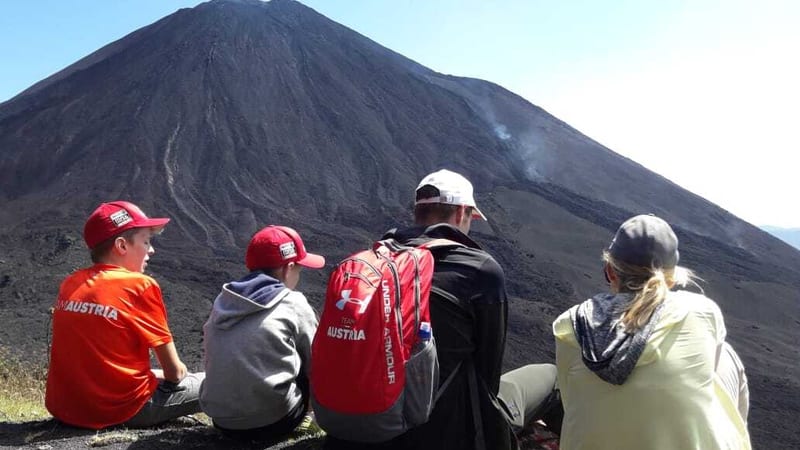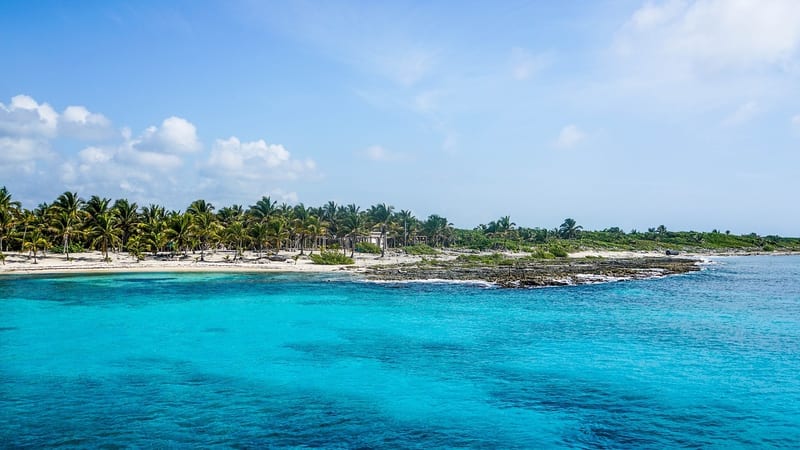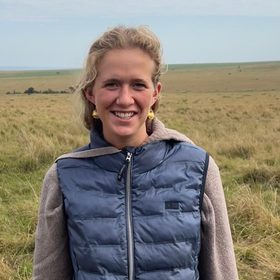Designed to exert minimal impact on the environment
Location: Sequestered within an ancient mahogany forest on the edge of Lake Manyara National Park in the northern part of Tanzania, Lake Manyara Tree Lodge is the only permanent lodge located inside the park boundaries. Tucked away from the main gate and overlooking the Rift Valley escarpment, the lodge offers serene forest surroundings and a sense of true remoteness - far from typical safari crowds and with wildlife naturally passing through the treetops around you.
Rooms: The property comprises 10 stilted tree-house suites, including nine romantic double/twin units and one family suite with two interlinked bedrooms. Crafted from local timber and makuti palm thatch, each suite features panoramic forest-view decks, indoor and outdoor bathrooms - complete with freestanding tubs and rain showers - overhead fans, plush mosquito-net beds, lounge areas, and butler service.
Amenities: Shared guest facilities include a swimming pool hidden among the forest, an open-air forest boma where meals are enjoyed under canopy lanterns, an interactive kitchen and curio shop showcasing local crafts. A spa and massage sala hangs above forest floor paths, and guest rooms offer essentials such as in-suite charging outlets, complimentary laundry, Wi-Fi in public areas and Swarovski binoculars for wildlife spotting.
Activities: Guests benefit from exclusive access to Lake Manyara's game-rich interior for twice-daily game drives, night drives and forest walks. The park is famous for tree-climbing lions, vast herds of elephants, hippos and over 387-400 bird species. Additional experiences include bike rides to Mayoka Village, sleepouts under the stars, picnic breakfasts by the lake and guide birdwatching from the lodge's elevated decks.
Sustainability: The lodge is designed to harmonise with its natural surroundings, using local timber and makuti, and elevated treehouses carefully placed to minimise impact. Operationally, it supports education, health and conservation programmes through &Beyond's partnership with Wild Impact and the Africa Foundation - funding local science labs, school visits, wildlife monitoring and communtiy development. At least half of all operational spending is sourced form small nearby businesses, and over 65% of staff are recruited locally.
Best places to stay in Lake Manyara
Lake Manyara Trip Inspiration
When to visit Tanzania
Find out the best time to visit Tanzania with our month by month guide.
- Best
- Good
- Mixed
- Jan
- Feb
- Mar
- Apr
- May
- Jun
- Jul
- Aug
- Sep
- Oct
- Nov
- Dec
January
January is mixed when it comes to weather, temperatures rise whilst the chance of rain and humidity increases. It is still a good time to go, as the rates are lower yet the game viewing is still excellent.
- During this time migratory herds are in the Serengeti for calving season, meaning the Ndutu plains are busy.
February
The weather remains hot with a chance of rain in February.
- Meanwhile in the Ndutu Plains the migration is still occurring.
March
March is the calm before the storm, before heavy rains and humidity builds. Visitors can take great advantage of lower rates during the low season.
- Migrating herds start to leave Ndutu, heading West towards Grumeti.
April
April experiences continued periods of heavy rain, we would advise against travel due to the conditions.
May
During may there is periods of heavy rain, we would advise against travel due to the conditions.
June
June heralds the wet season, bringing lush green vegetation which can make spotting game more difficult. It is a particularly great time for birders as parks become populated by migratory birds especially in the South.
- Migration is still in the Grumeti area, heading north.
July
July is the start of peak season, temperatures reach up to 30 degrees and the surrounding land becomes drier and spotting game is becoming easier.
- The migration is in the Northern Serengeti moving towards Kenya.
August
August is peak season, with bush land drying out game spotting becomes much easier. If you want to experience Tanzania game at its best, August is the time to travel.
- The migration still remains in the north.
September
Peak season continues in September, the Northern circuit can be very busy, if you want to avoid crowds it's best to visit the southern parks.
- The end of the migration is still in the north with herds on both side of the Kenyan and Tanzanian borders.
October
Peak season continues into October with good game viewing in the Serengeti and southern parks.
- The migration has now crossed over into Kenya.
November
November is the start of the rainy season, the rains tend to be overnight so it is still a popular time to travel. During this month you can take advantage of low season rates.
- Migration crossing over into the Serengeti can be seen a the Tanzania and Kenya border.
December
Rains continue in December, whilst the temperature and humidity start to build. Venturing out on safari is generally good, with large game still easily spotted.
- Migrating herds in the north travel south back to Ndutu.
Speak to a Tanzania expert today
and start planning your tailor-made vacation

Alistair





